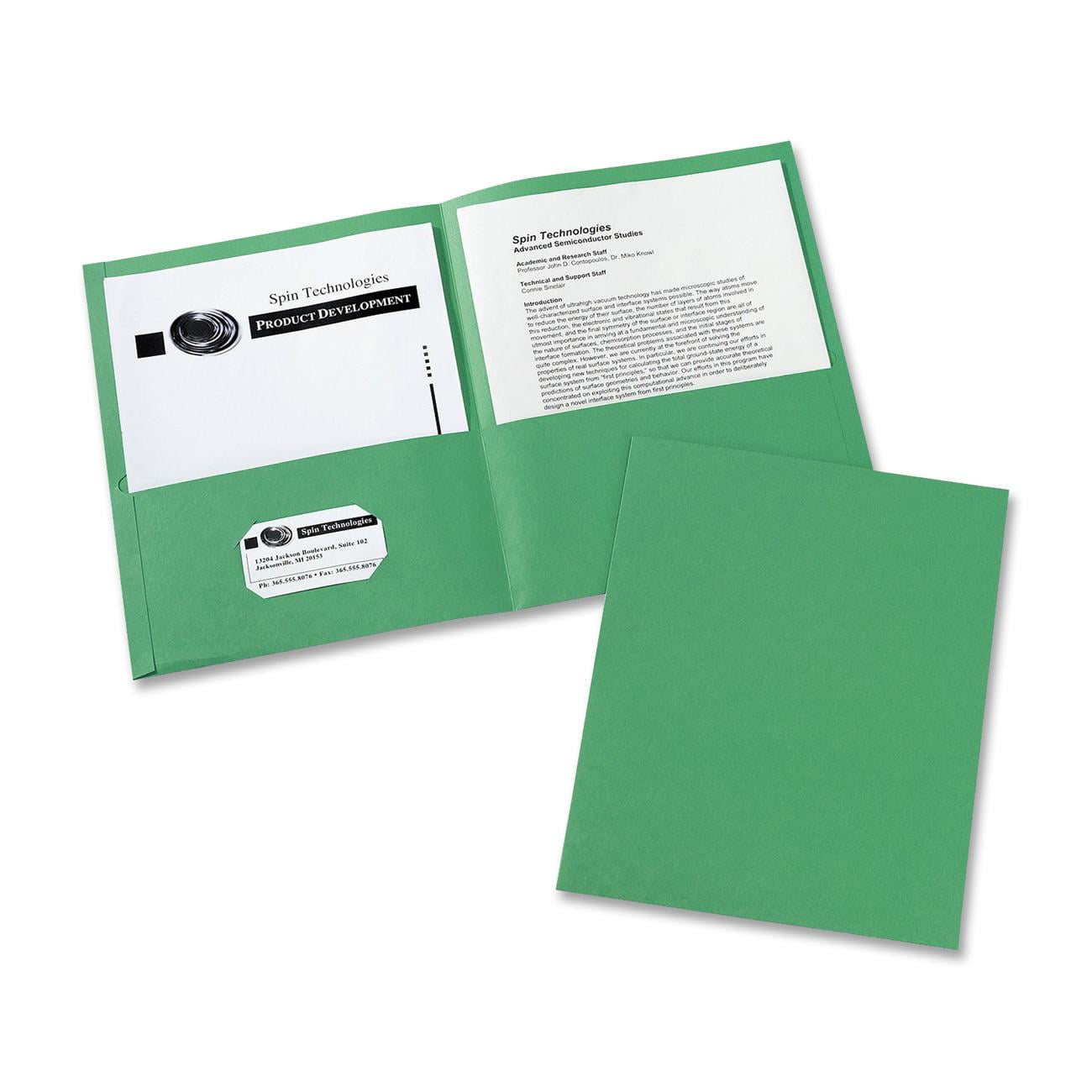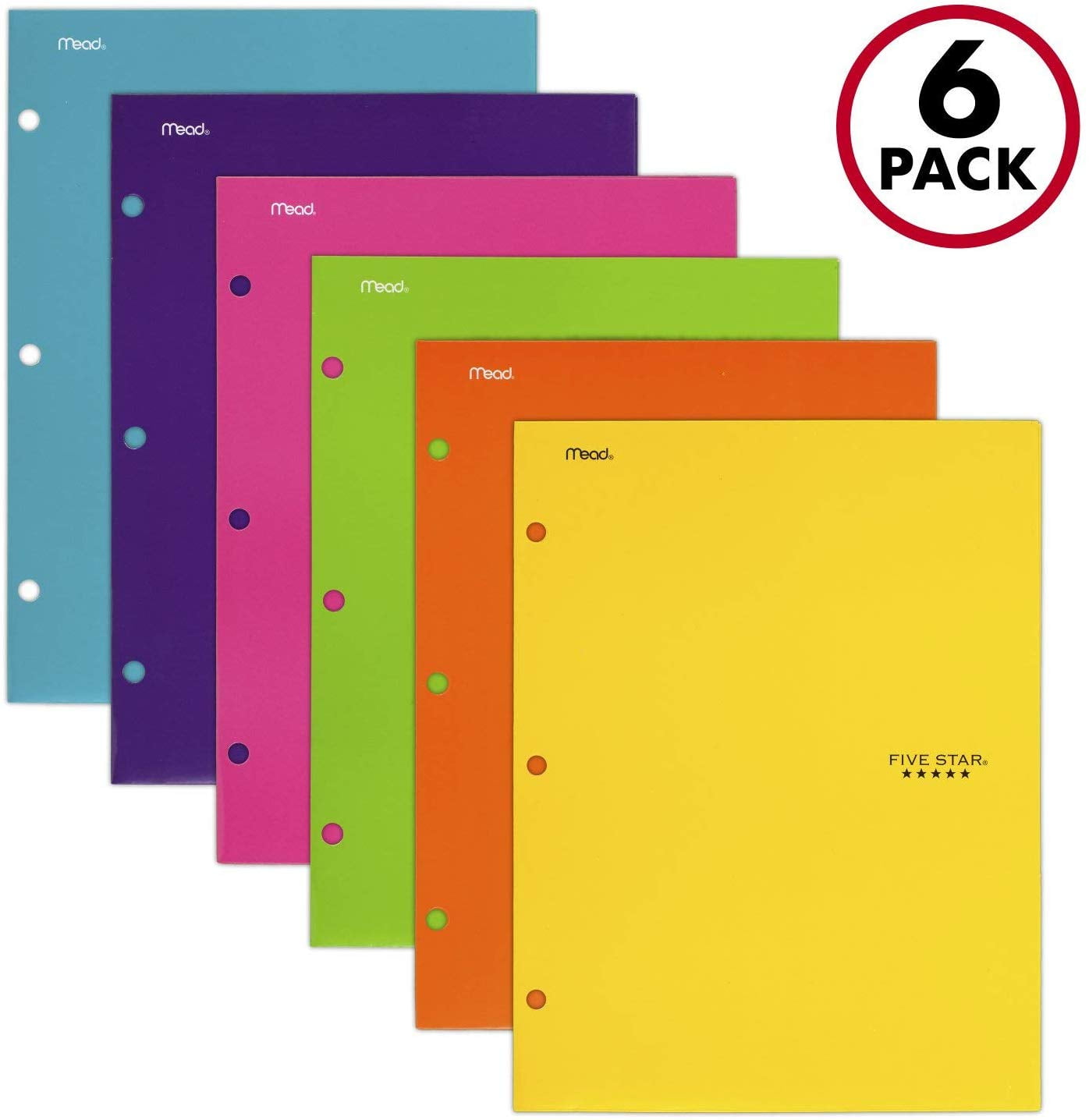
You'll notice a closed bracket looking icon ( [ ) when you get close. Now, with your "page 2" selected (highlighted in blue) click-drag "page 2" to the left side of "page 1". By default, it should be checked, so you'll be unchecking it when you click on it. Step 5Ĭlick on your options fly out menu (upper right corner of the Pages panel) and click on Allow Document Pages To Shuffle. Once you do this, you'll notice the new page is positioned below our first page, but we need it to be next to our first page.

(located to the left of the trash can at the bottom of the window). Go to your Pages panel ( Window > Pages) and click on the new page icon Now we need to create the other pages that make up our folder and then size them according to our dieline. Do this by clicking on the "Artwork" layer, and dragging it below the "dieline" layer. Since we want to still see the dieline as we being putting artwork in, we'll want our "Artwork" layer below our "dieline" layer. The new "Artwork" layer will automatically be placed above your dieline layer. Step 3Ĭreate New Layer by clicking the icon next to the trash can in the Layers panel. Lock your layer by clicking in the box to the right of the eyeball. Go to your Layers panel ( Window > Layers), name your layer "Dieline". Align the middle page on top of your current page. Go to File > Place and select your dieline. Now we need to bring in our dieline so we can create the other pages of our folder.

If you don't see bleed, click on More Options on the right side of the dialog box. Our first page will be the size of our front cover, and we'll include a 0.25in bleed on every side of our folder. Put in the measurements below, and make sure Facing Pages is checked.

I've set the stroke to 2pt so you can see it, but 0.25pt is fine (make sure you're only using a stroke and not a fill). The image below shows the dieline for this folder, along with the measurements used for each side. This will save many headaches later on if any measurements are off. It's always good to print out your Illustrator dieline and fold it together to make sure you're happy before creating your folder in InDesign. Once you have your measurements and your fold areas, it's time to make your dieline. It's always helpful to make a paper dummy first of how your folder needs to fold. This folder will hold a 8.5 x 11in or A4 sheet of paper within it, so we need to make sure the height and width is greater than that. This will be a custom pocket folder with one interior 'hidden pocket' and one standard pocket on the other side. The first thing we need to do is create our dieline in Illustrator that our InDesign file will be created around. The following assets were used during the production of this tutorial.
Pocket folders how to#
Finally, you'll learn how to save your print ready file for delivery to your printer. This pocket folder will highlight two popular folder styles in one: the hidden pocket and standard pocket.
Pocket folders full#
In this tutorial, you'll learn how to set up a dieline, create a multi-page spread with bleed to accommodate your dieline, and apply a full design to the exterior and interior of the pocket folder in Adobe InDesign. A pocket folder is a very powerful business device when created the right way.


 0 kommentar(er)
0 kommentar(er)
